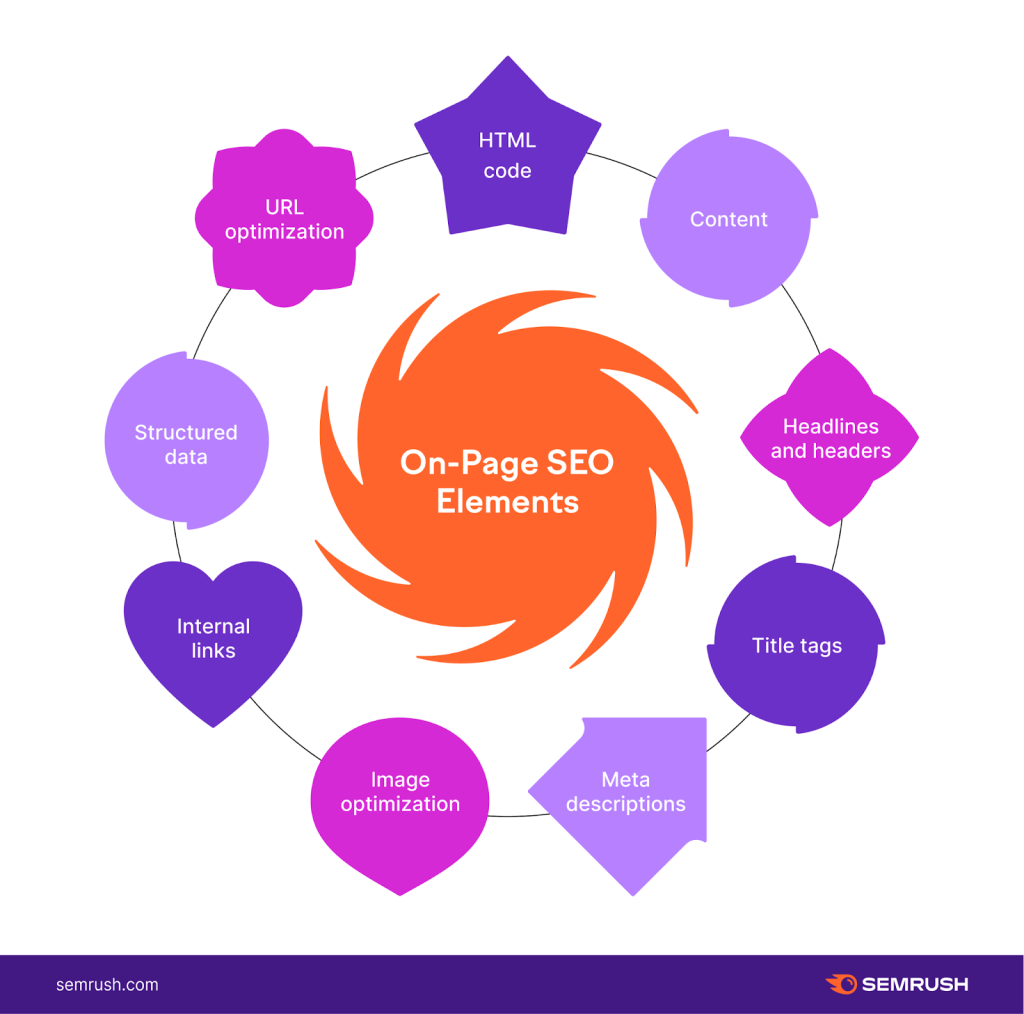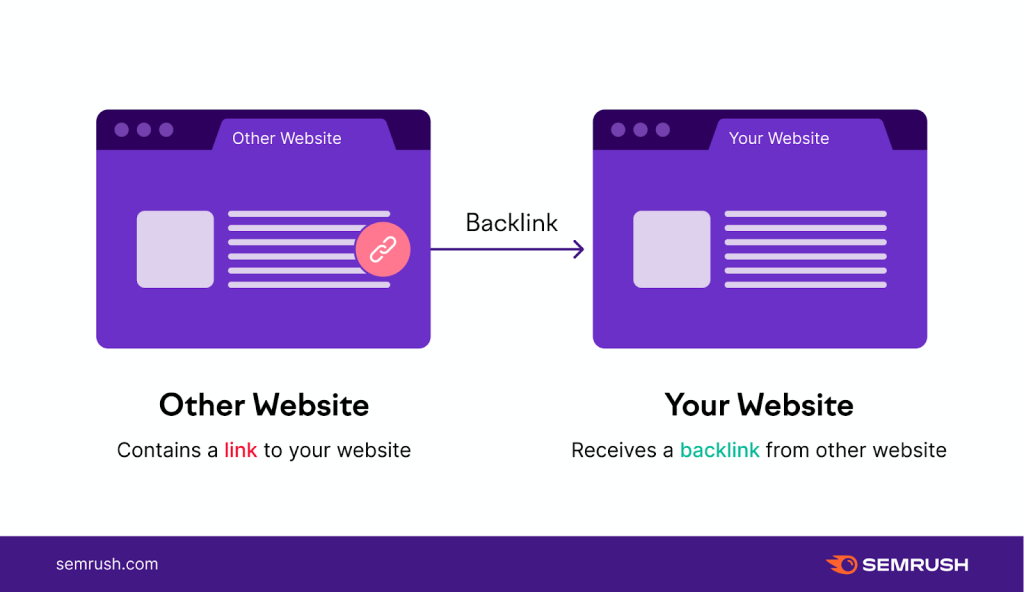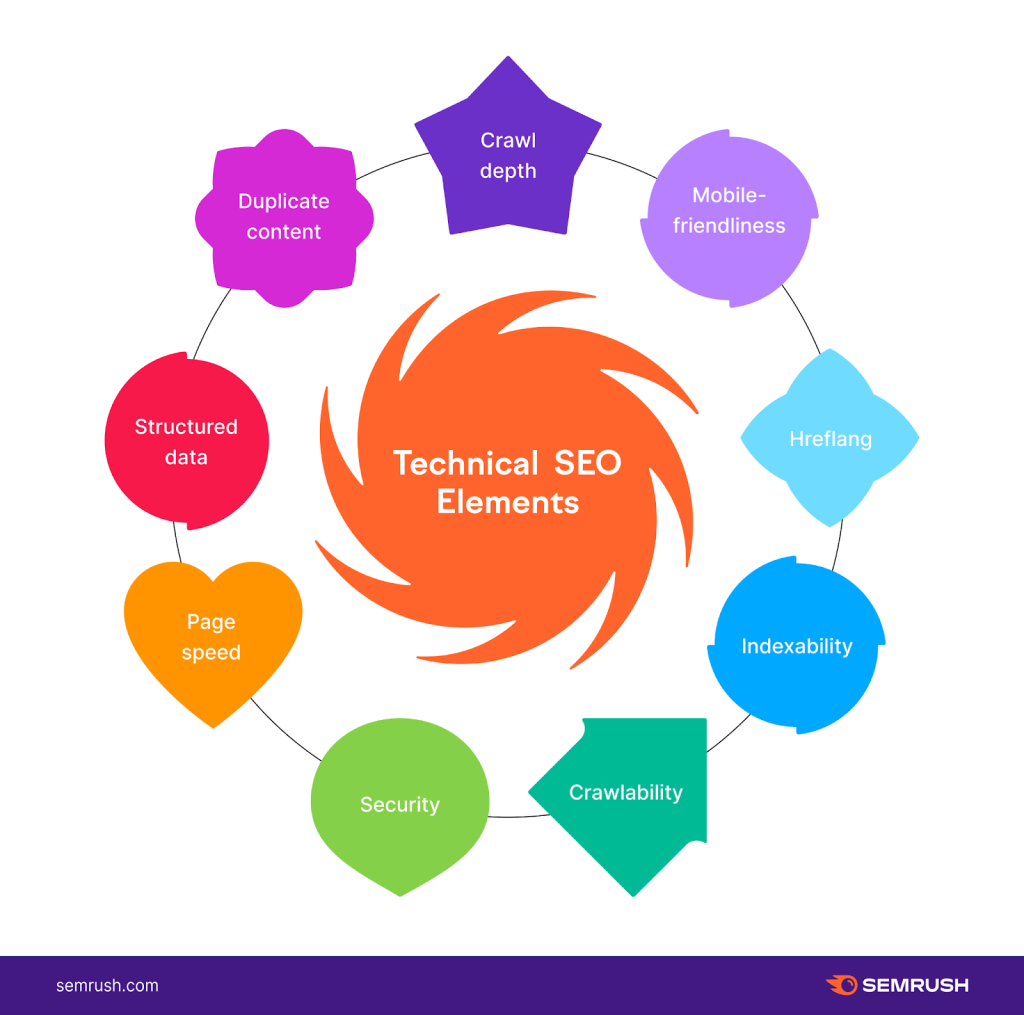
Table of Contents
SEO and Its Types
Search Engine Optimization (SEO) is an important aspect of digital marketing. It helps to increase the ranking of a web page in the search engine result page (SERP). By optimizing your website, you can drive more traffic to your website or web page which can help in leading your business to new heights. This article will spark an interest in SEO and its types.
Let’s have a look.
What is SEO?
SEO stands for Search Engine Optimization. SEO is an optimization process that focuses on increasing the visibility of a web page on search engine result pages like Google, Binge and more. When a user searches for their keyword on a search engine, Google uses complex algorithms to determine which website or webpage best matches the searched keyword and displays it to the user.
Importance of SEO and its types
- Increased visibility: Top ranking on SERP means your page has greater visibility.
- Organic Traffic: SEO focuses on driving traffic without paid advertisements. This type of traffic is long-term.
- Trust: Websites that rank higher are trustworthy to users.
- User Experience: SEO can improve the content and structure of a website which can lead to better user experience.
You may also like our content on Soft Skills for Programmers.Types of SEO
On-page SEO

The first step in SEO is On-page optimization. On-page SEO refers to optimizing individual web pages to attract more organic traffic and rank higher on Search Engine Result Pages (SERP). It involves optimizing content and HTML source code.
On-page SEO involves:
- Content optimization: Content is the most valuable in SEO. Content must be high quality and relevant to the users to rank higher when searched.
- Keyword research: Explore which keywords users are searching and use those keywords to rank higher.
- Meta tags: Use keywords in the title tags, meta description and header tags (H1, H2, H3, etc) to rank higher on SERP.
- URL Structure: Use primary keywords in the URL. The URL must be clear because it helps search engines understand the content on the page.
- Internal links: Link other pages of your website will help search engines keep users engaged.
- Image optimization: Optimize the image by adding alt text that includes primary keywords that can help search engines understand the content of your page.
Off-page SEO

Off-page SEO is also known as off-site SEO. Off-page SEO is all about the process happening outside of your website. This off-page SEO is all about building the reputation of your site. Off-page SEO is done through backlinks, promoting your site on social media and using other sites like Quora and Reddit.
Off-page SEO includes:
- Backlinks: Backlinks are the links from other unknown websites to your site. Backlinks are the major factor in off-page SEO. Backlinks from reputed websites can help you gain a tag of trustworthy websites.
- Social Media: When you write articles to other websites and include backlinks to your website which will improve your site’s visibility and gain more traffic.
- Ads: Creating paid ads for external sites and search engines can gain a wide audience.
- Influencer Marketing: Partnership with influencers to increase awareness about your content and website can create higher rankings and global reach.
Technical SEO

Another important type of SEO is Technical SEO. Technical SEO involves optimizing technical aspects of a website like structure, code, load time, robot.txt files and more. Technical SEO helps search engines to crawl and index websites easily. It involves making web pages easy to navigate for both users and search engines.
Technical SEO involves;
- Site speed: The websites that load faster have a better user experience. The ways to improve site speed are using minimum-size images, and using content delivery networks (CDN).
- Mobile friendliness: Almost many people use mobile devices to browse websites. Therefore, a mobile-friendly site is important. Make your site responsive on every device.
- XML Sitemaps: To find all your pages, an XML sitemap is crucial for search engines to navigate.
- Robots.txt: This file tells search engines which page on your website shouldn’t be crawled. This can prevent search engines from wasting resources.
- Schema Markup: This helps search engines understand the content of your pages. This can help in increasing the click-through rate (CTR).
Local SEO
Local SEO is a practice for optimizing local businesses. It helps promote business in specific locations. It is the type of SEO that helps increase the ranking of a business in local search results.
Local search includes:
- Google My Business: For local SEO, you need to create and optimize a Google My Business profile. It helps to rank on search results and Google Maps.
- Local Citations: For local SEO, ensure your business name, address and phone number are the same across all platforms.
- Online reviews: Positive reviews about your business on platforms like Google can help boost your local SEO.
Content SEO
This type of SEO falls under on-page SEO. Content SEO involves:
- Quality content: Using informative and high-quality content is useful while ranking on SERP.
- Multimedia content: Adding images and videos to your content may increase the ranking of your website.
Conclusion
There are other types of SEO, some of which are listed in this article. SEO is an ongoing process. By implementing the various types of SEO, you can improve the visibility of your website, gather organic traffic and take your business to greater heights.
Follow us on Facebook for more such articles.









